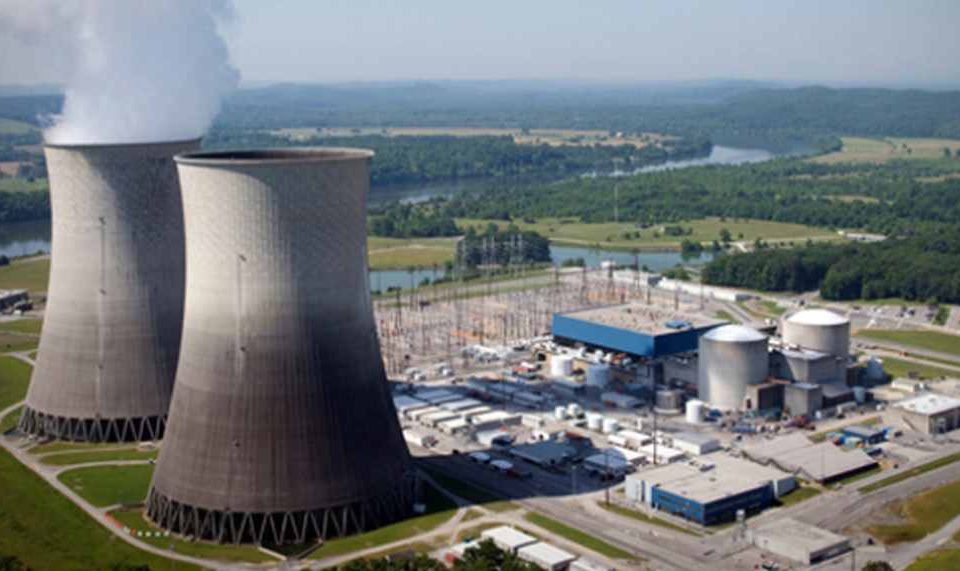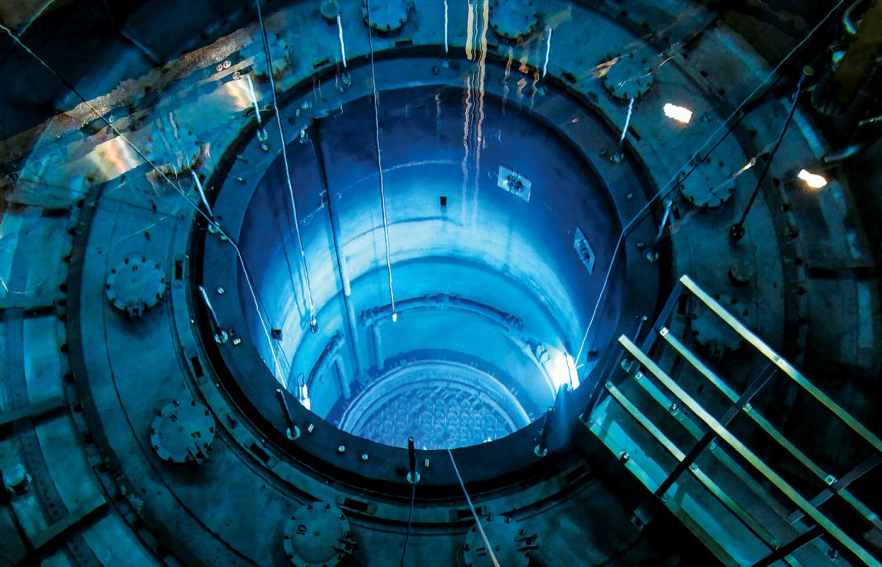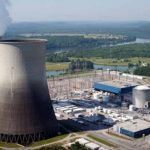The United States could face nuclear reactor shutdown and lose a chunk of its power grid if Russia cuts off enriched uranium supplies, reports

As of the end of 2021, the United States had 93 operating commercial nuclear reactors at 55 operational nuclear power plants in 28 states, according to data from the US Energy Information Administration (EIA). Unknown to most Americans, nearly half of the uranium used by these nuclear power plants is imported from Russia, Kazakhstan, and Uzbekistan.
Since February 24 when Russia invaded Ukraine, the United States and its allies have been imposing punitive and devastating sanctions on Russia and its people. The sanctions include banning of Russia oil and gas imports to the United States. To date, however, Russia has not responded in kind.
Unsuprisingly, the sanctions did not include uranium because the United States and its allies depend on them for their nuclear power plants. Now a new report is warning about the consequence of Russia stopping the supply to the United States.
Written by former Department of Energy Under Secretary Paul Dabbar and Columbia University energy researcher Matt Bowen and published in The Hill, the report warned that a Russian decision to halt the supply of enriched uranium to US power companies would take many of America’s nuclear reactors offline within a year, leading to a spike in electricity prices beyond the current price inflation, and potentially leaving some areas of the country unable to meet demand.
Titled, “What’s at risk due to Russia’s nuclear power dominance?,” Drs. Dabbar and Bowen pointed out that nuclear power accounts for more than 20 percent of US electricity generation capacity. They also noted that although Russia only mines six percent of the world’s uranium, it controls some 40 percent of the global uranium conversion market, and 46 percent of total uranium enrichment capacity.
“The more critical issue is the uranium fuel supply chain. Since Russia only mines 6 percent of the world’s uranium, it is relatively easy for countries and nuclear power plant owners to secure other global sources of uranium ore. However, Russia controls 40 percent of the global uranium conversion market, where uranium oxide “yellow cake” is converted into uranium hexafluoride — a gaseous form needed for the enrichment process. Natural uranium has a Uranium-235 isotope content of 0.7 percent, and the enrichment process increases the U-235 content to the 3-5 percent needed to run nuclear reactors. And Russia holds 46 percent of uranium enrichment capacity. The vast majority of the 439 reactors around the world require enriched uranium fuel, including all reactors in the U.S. fleet. And while each reactor has varying levels of dependency on Russian enrichment services, in total it is a material exposure.”
United States is not the only vulnerable country. The report further notes that other countries are even more dependent on Russia for their nuclear power generation needs. The duo wrote that Finland, the Czech Republic, Hungary, Finland, and Turkey reliant on Russian state nuclear giant Rosatom for everything from uranium mining, milling, conversion, enrichment, and fuel fabrication to the construction and servicing of state-of-the-art reactors.

It’s not all gloom and doom. Dabbar and Bowen urged Western leaders to “immediately consider their exposure to Russian nuclear exports and to take steps to reduce it or face another energy shock at the hands of [President Vladimir] Putin.” The United Stated has been dependent on Russian uranium imports since the early 1990s.
They authors further urged the US government to provide assistance and incentives for US-based uranium conversion and enrichment facilities to rebuild the country’s dilapidated nuclear fuel supply chain.
In a related White Paper, the authors also said that “Russia has exported more reactors in recent decades than any other major supplier. In 2021, there were 439 total nuclear power reactors in operation: 38 of them resided in Russia and 42 of them in operation in other countries were of the Russian VVER type (15 of which were in Ukraine). At the end of 2021, 15 Russian-designed reactors were under construction in other nations.”
You can read the full commentary below.
RussiaNuclearMarkets_CGEP_Commentary_051822-2
